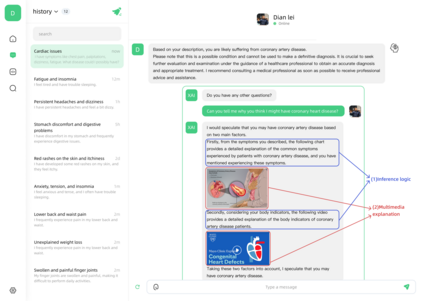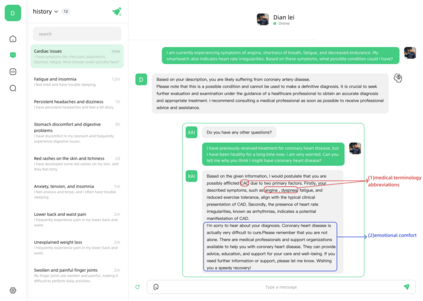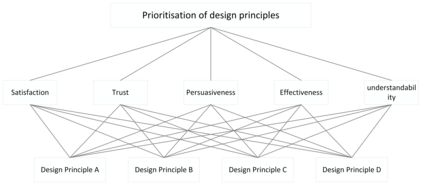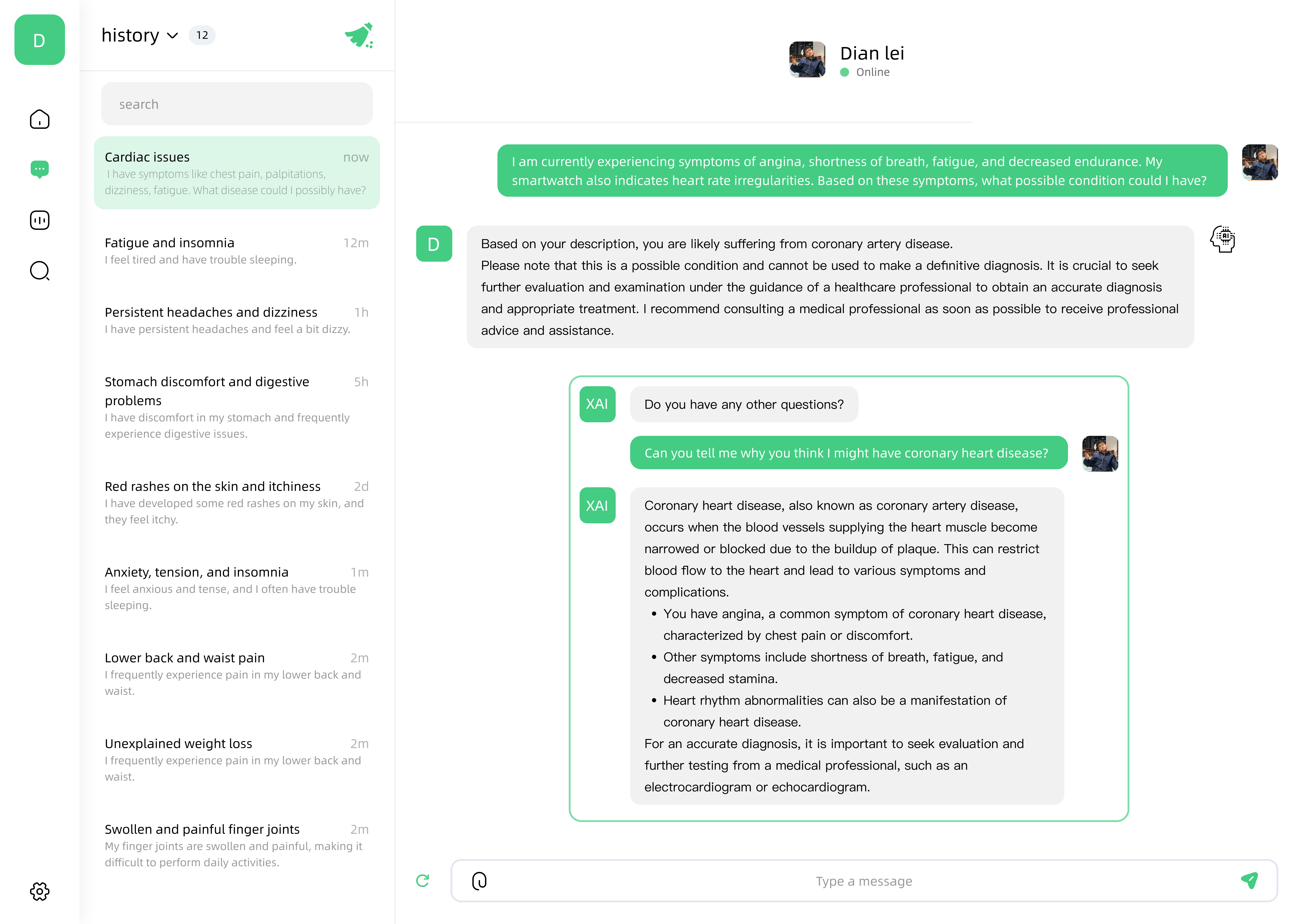With the widespread application of artificial intelligence(AI), the explainable AI (XAI) field has undergone a notable resurgence. In this background, the importance of user experience in XAI has become increasingly prominent. Simultaneously, the user interface (UI) serves as a crucial link between XAI and users. However, despite the existence of UI design principles for XAI, there is a lack of prioritization based on their significance. This will lead practitioners to have a vague understanding of different design principles, making it difficult to allocate design space reasonably and emphasize design focal points. This paper aims to prioritize four design principles, providing clear guidance for UI design in XAI. Initially, we conducted a lightweight summary to derive five user experience standards for non-expert users in XAI. Subsequently, we developed four corresponding webpage prototypes for the four design principles. Nineteen participants then interacted with these prototypes, providing ratings based on five user experience standards, and We calculated the weights of the design principles. Our findings indicate that, for non-expert users, "sensitivity" is the optimal UI design principle (weight = 0.3296), followed by "flexibility" (weight = 0.3014). Finally, we engage in further discussion and summarization of our research results, and present future works and limitations.
翻译:暂无翻译









